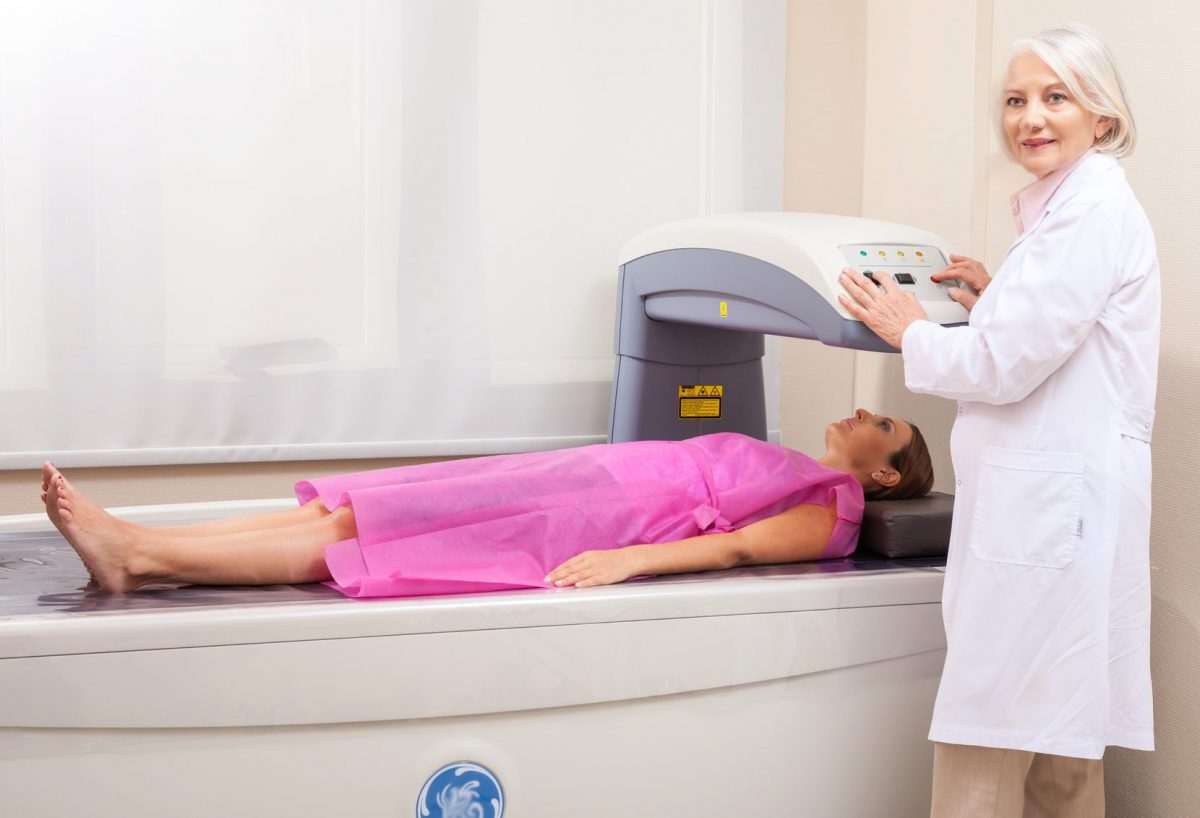Osteoporosis is a condition where you are more likely to suffer broken bones and fractures as a result of having bones that are more fragile than normal. If you arrange to have noninvasive testing carried out you will be able to have your bone density analyzed. This could be crucial in preventing a potentially serious accident if you are made aware of the fragility of your bones at an early stage.
Here is a look at why bone density testing is carried out and what the procedure involves.
How strong are your bones?
It is a relatively simple equation. The level of mineral content in your bones determines the strength of your bones.
If your bones have a sufficient level of mineral content that means they will often have enough density to be able to withstand a few minor knocks and falls. The sort of accident that many of us take for granted but if you have osteoporosis it will often result in a fracture.
Why carry out a test?
It may be recommended that you have a bone density test as a result of suffering regular fractures. However, there could be warning signs that your bones are fragile and as part of the investigation process, your doctor may suggest you have a bone density test.
Some of the symptoms associated with osteoporosis include a noticeable loss of height and regular fractures. If your height has dropped by at least 1.5 inches it is possible that you have suffered a compression fracture in your spine.
Another issue involves a drop in your usual hormone levels. Lowered hormone levels heighten the prospect of weakened bones.
How is the test carried out?
The good news is that bone density tests are straightforward. They are quick to complete and do not involve any pain or preparation before the test is carried out.
You will usually have a bone density test that is focused on the areas of your body that are most susceptible to fractures. These areas are usually your lower spine, your femur and hip area, and the bones in your forearm.
The test involves a scan that can take no more than 30 minutes to complete. The test can be performed on a static device or a peripheral device, which is portable.
The accuracy of the testing is no different and there is minimal exposure to radiation, so it is not considered harmful or dangerous to have a bone density scan.
Analyzing the results
Your bone density report will deliver two numbers. They are known as a T-score and a Z-score.
A T-score of -1 and above is considered normal bone density. A score of -2.5 and below will usually be an indication that you have osteoporosis.
Your Z-score is a calculation that takes into account factors such as your age, sex, ethnicity, and weight. If you have a Z-score that is below average score for your profile you may be asked to submit to further testing.
Suffering from poor bone density can create a number of health issues and potential dangers. It makes sense to understand your risk profile and confirm whether your bones are weaker than they should be.
Getting a bone density test will help you identify these risks and allow you to take steps to deal with the consequences of a poor score.








